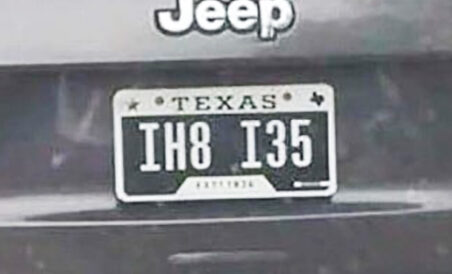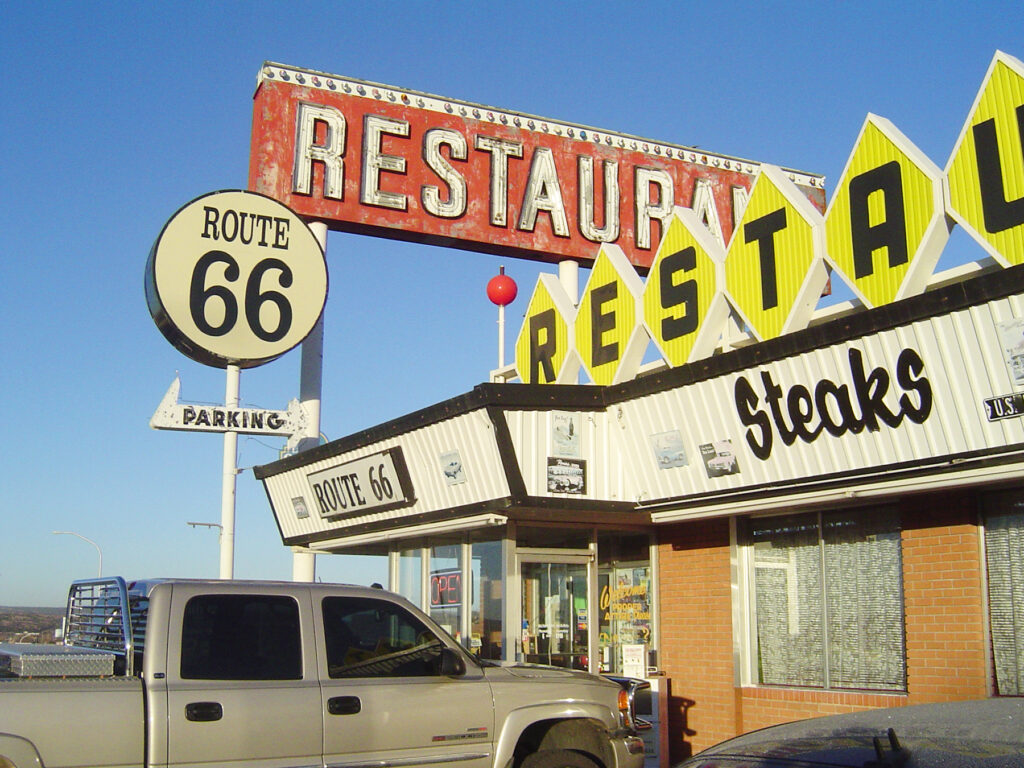Among the many things Texans have to explain about Texas is the special delight (and shared pain) of traveling the roads in the nation’s largest continental state. For starters, there are 683,533 lane miles in Texas; 40 percent more than number two, California. Makes sense; mathematically, we could fit 1.6 Californias inside the land area of Texas… or four Floridas, 28 Vermonts, or 221 Rhode Islands. Yes, Alaska is bigger, but it’s a bit challenging to live in most of it, and they only have five percent of our road miles.
IT’S JUST REALLY BIG
Texans, out of necessity, have a different understanding of distance than other states. Anyone who has driven from Central Texas to Louisiana, Oklahoma, or New Mexico knows you spend most of your first day still inside Texas.
- If you drove from the northwest corner of the Panhandle to the boot toe, you’d have gone 1/300th of the distance from the Earth to the Moon.
- From El Paso, you can drive to Denver—or the Pacific Ocean—faster than you can get to Texarkana.
- The longest highway in Texas is 783.5 miles; US 83 starts in Perryton on the Oklahoma state line and continues to the border of Mexico at Brownsville.
- Let’s also not forget that Texas is also faster. On our 40-mile stretch of SH-130 we can drive 85 mph—the highest legal speed limit in the country. But, it makes sense to drive faster since it takes longer to get anywhere.
IH-35

Here in Georgetown, while the highway connects Mexico to Canada, we have a special, ongoing love-hate relationship with Texas’ Main Street, also known as IH-35. Our own Congressman John Carter has often said, “There was construction on I-35 the day you were born, and there will be construction on I-35 on the day you die.” Not so surprising when you consider nearly one-third of it is in Texas. At 503.9 miles, at any given time, there is bound to be a pothole or structural failure somewhere. Plus, a lot of that traffic comes from the 40 percent of the state’s population who live in the metropolitan areas along the IH-35 corridor.
It is an important transportation backbone for the Texas economy for destinations inside Texas, Mexico, and the rest of the United States and Canada. It brings us as much tourism and economic strength as it does noise and frustrating delays.
BEFORE INTERSTATES

For a shorter but awash-with-nostalgia Texas drive, Route 66 traverses the top of the Panhandle. It opened in 1926 and was initially called Main Street of America or the Mother Road. When Americans began affording automobiles, it was one of the roads that connected much of the nation to the West Coast, and many great stopovers exist today for those who want to take the scenic route to Chicago or Los Angeles.
In Amarillo, road-trippers still enjoy quaint restaurants, eclectic roadside attractions, old service stations, and architecturally significant buildings. The city’s Sixth Street Historic District is home to buildings that have great historical significance and transport visitors back to the heyday of the Mother Road.

Just west of the city is one of America’s superlative roadside attractions, Cadillac Ranch. While the collection of Caddys buried in the dirt by a group of artists in 1974 has gone from a tribute to American cars to a quasi-trash heap of spray paint cans and odd smells, it doesn’t spend a day without visitors and worldly pilgrims who want a unique keepsake of Texas.
